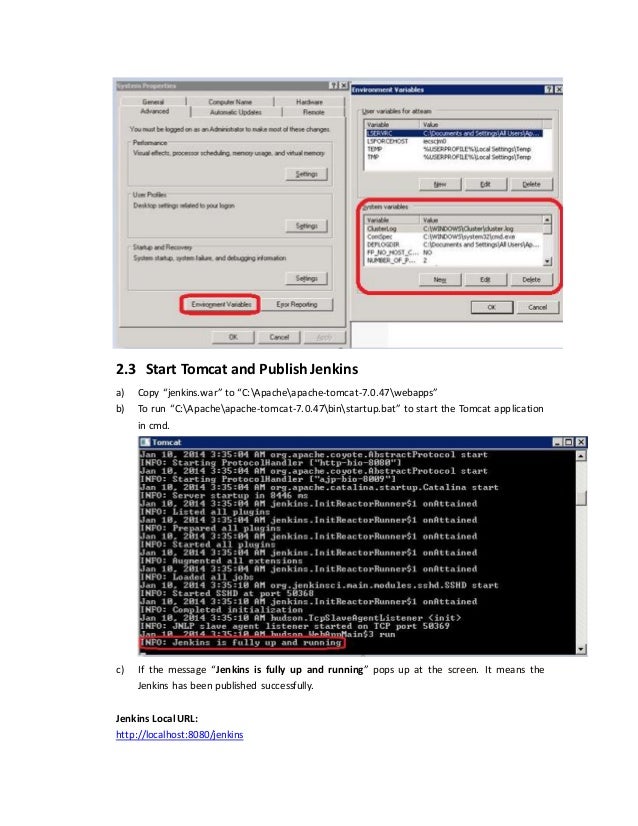


Returns the specified parameter from the run-time DataTable Returns the total number of Columns in the run-time DataTable. Returns the total number of rows in the run-time DataTable Returns the raw value of the cell in the current row of the run-time DataTable. Retrieves the value of the cell in the specified row of the parameter in the run-time DataTable. Retrieves or sets the value of the cell in the Active row of the parameter in the run-time DataTable. Returns the name of the parameter in the run-time DataTable. Retrieves the value of the cell in the specified parameter.ĭataTable Parameter Object Properties: Method Name Returns the Active local sheet of the run-time DataTable. Returns the first sheet of the run-time DataTable. Imports a specific external Excel file to the run-time DataTable.ĭataTable Object Properties: Property Name Imports the specified sheet of the specific excel file to the destination sheet.

Sets the focus of the next row in the run-time DataTable Sets the Focus of the Current row to the Specified Row Number Sets the focus of the previous row in the run-time DataTable Returns the active row of the run-time DataTable of global sheet Returns the number of columns in the run-time DataTable of Global Sheet Returns the number of rows in the run-time DataTable of Global Sheet Returns the specified sheet from the run-time DataTable. Returns the total number of sheets in the run-time DataTable. There are three types of objects works on DataTable, shown in the given below table, DataTable Object Methods: Method NameĮxports the DataTable to a new file in the specified locationĭeletes the specified sheet from the run-time DataTableĪdds the specified sheet to the run-time DataTableĮxports a Specific Sheet of the DataTable in run-timeĭataTable.ExportSheet(FileName,SheetName) Alternatively, DataTable.Importstatement can be added at the beginning of the test to import the run-time DataTable. Also, can import the data to the design-time DataTable from DataTable’s File > Import from File menu. Too save the data from the run-time DataTable, insert a DataTable.Export statement to the end of your test to export the run-time DataTable to a file.

You can also save the DataTable in another location and guide the test to use this DataTable when running a test.
#Uft tutorial eglobal how to
How to Save DataTable in UFT/QTPĭuring the test, the DataTable values get saved with the test by default in“.xls”or “.xlsx”file format. The run time data does not get saved with the test and Results Viewer displays the final data from the run-time DataTable. During the end of the run time, the run-time DataTable ends and the Data pane again shows the stored design-time DataTable. Also, UFT Data pane shows all run-time data makes easier for others to see data when any changes happen in the DataTable. During run time, UFT generates a run-time DataTable is a live version of the DataTable linked with the test. To run a test case for certain iterations, one can set the iterations of global DataTable in the Test Settings dialog, that can be accessed using File -> Settings -> Run(Tab) as shown below:įor different-different process (Repetition, iteration, or run session) UFT uses different values from DataTable. In UFT, click on the “Data” Tab to access Data sheet as shown below,


 0 kommentar(er)
0 kommentar(er)
